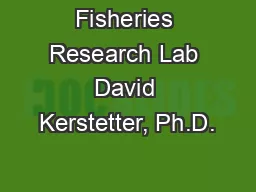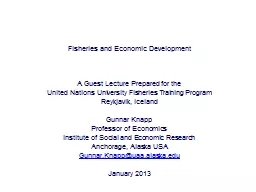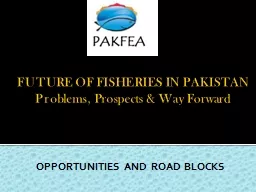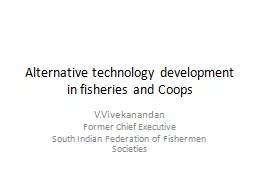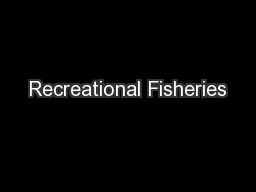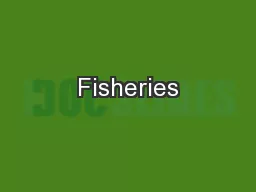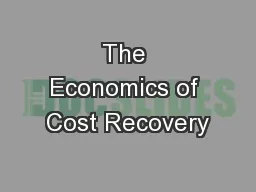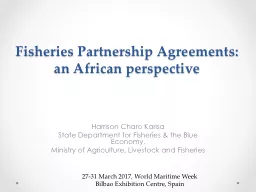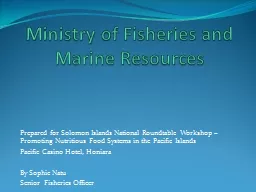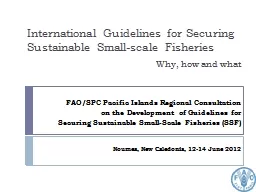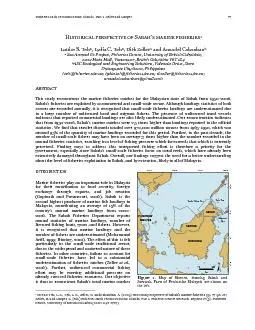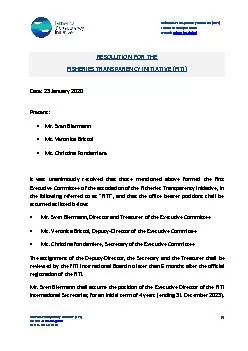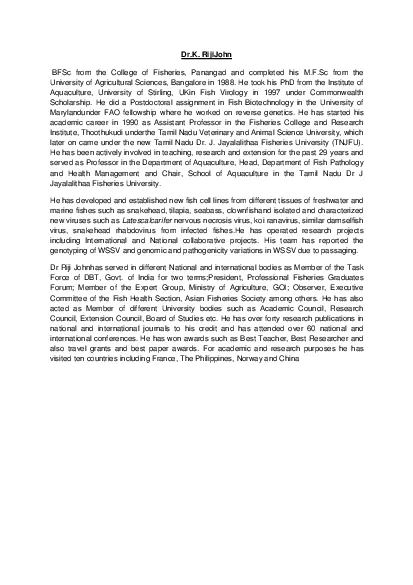PPT-Fisheries Research Lab David Kerstetter, Ph.D.
Author : myesha-ticknor | Published Date : 2018-03-22
Department of Marine and Environmental Sciences Halmos College of Natural Sciences and Oceanography Nova Southeastern University Fall Semester 2017 Background Education
Presentation Embed Code
Download Presentation
Download Presentation The PPT/PDF document "Fisheries Research Lab David Kerstetter,..." is the property of its rightful owner. Permission is granted to download and print the materials on this website for personal, non-commercial use only, and to display it on your personal computer provided you do not modify the materials and that you retain all copyright notices contained in the materials. By downloading content from our website, you accept the terms of this agreement.
Fisheries Research Lab David Kerstetter, Ph.D.: Transcript
Download Rules Of Document
"Fisheries Research Lab David Kerstetter, Ph.D."The content belongs to its owner. You may download and print it for personal use, without modification, and keep all copyright notices. By downloading, you agree to these terms.
Related Documents

